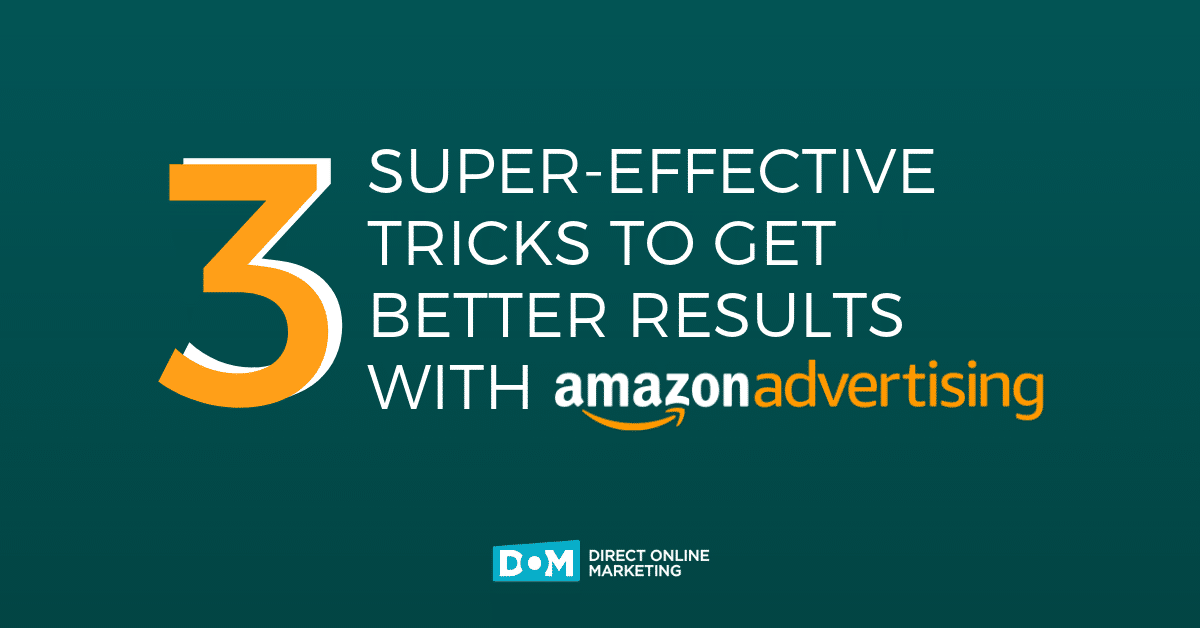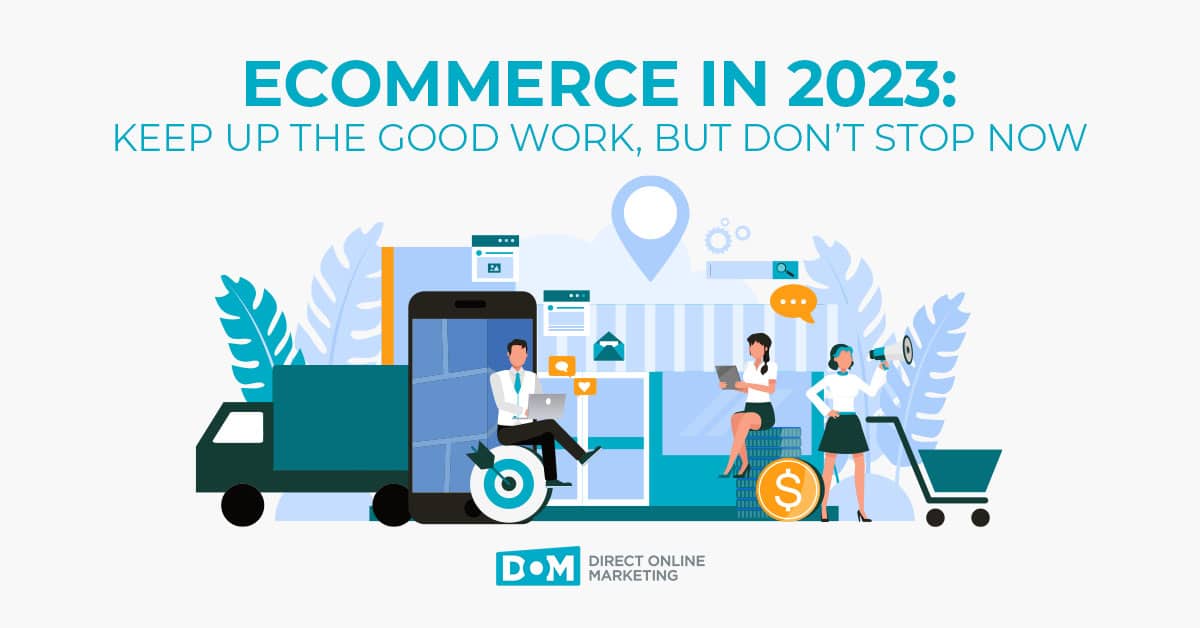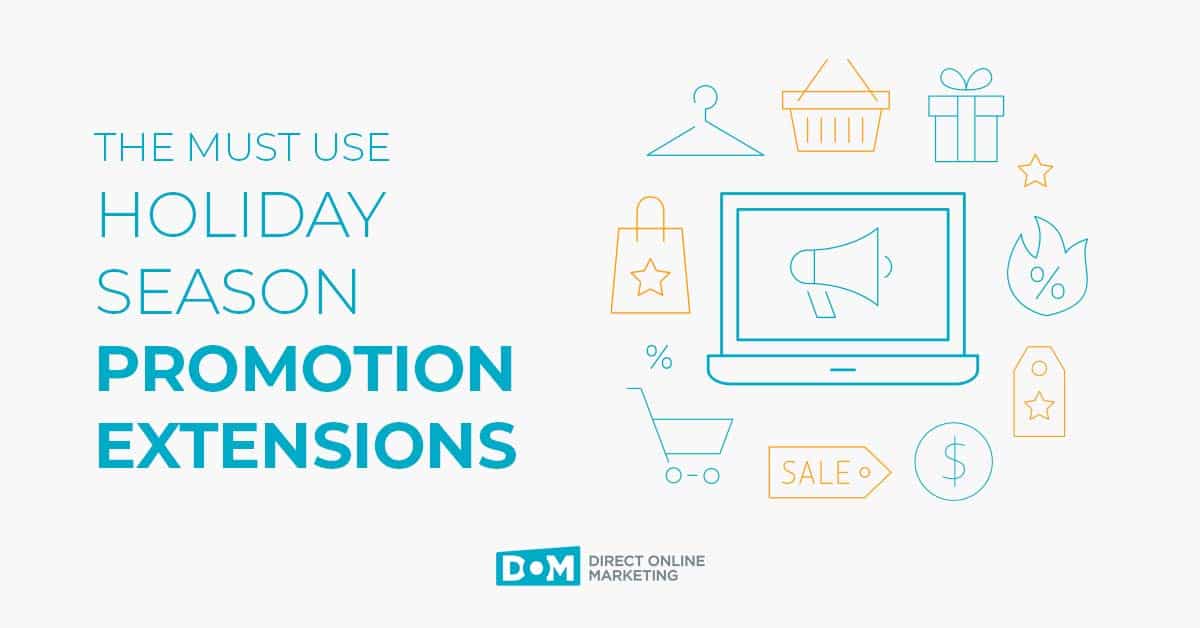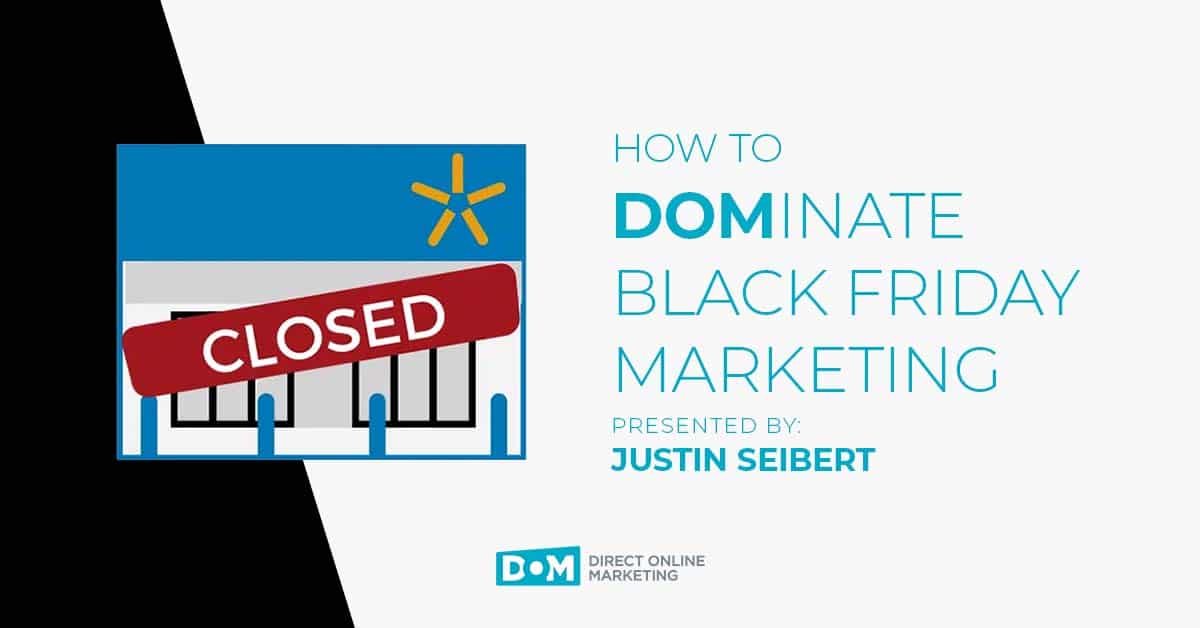
Sponsored products on Amazon are perfect for getting your products in front of ideal customers.
And if you aren’t selling on the world’s largest ecommerce platform, you’re likely falling behind your competition.
Consider that in 2018 Amazon made over $10 billion, and the online retail giant shows no signs of slowing down.
Compound that with the fact that Amazon consistently ranks as one of the top dogs in paid and organic search engine results; the online retailer continues to dominate.
But the news isn’t all bad.
Just like social media and Google Ads, many sellers treat Amazon as just another marketing avenue to sell their products.
Selling on Amazon can be a win-win; the site generates tons of traffic and has dedicated, loyal customers.
But selling on Amazon is far from a walk in the park. To compete with big name brands, established sellers, and Amazon itself, sponsored product campaigns are your secret weapon to increase sales on the platform.
Unfortunately, too many sellers don’t give enough thought to promoting their products via Amazon advertising.
If you’re new to sponsored products or you want to learn a few things, I’ve got three surprisingly useful tips just for you.
1. Target Adjacent Keywords
A delicate blend of art and science, keyword targeting is a skill that can take a lifetime to master.
First made popular through search engine advertising platforms, keyword targeting is just as important on Amazon. Keywords are a fundamental component of any sponsored product ad and require careful consideration.
Everyone has their method for targeting keywords; some ways are more concrete and practical than others. Of course, your primary keywords create a foundation for success in any digital platform that offers the ability to target keywords.
However, you didn’t come here for typical or standard approaches to Amazon sponsored products.
While I’m not saying your primary keywords are unimportant, “adjacent” keywords could be the ticket to opening up new opportunities on Amazon.
Consider the case of Way Better Snacks, a small, independent brand that produces tortilla chips.
Way Better Snacks competes against several titans in the chip category. Some of the biggest players in this space include Frito-Lay, Tostitos, and Doritos.
If you’ve ever eaten a tortilla chip in your life, there’s a good chance one of these heavy-hitters made it.
Instead of going all-in on “tortilla chips” keyword targeting, Way Better Snacks instead decided to also target complementary or “adjacent” products—namely tortilla wraps.
Tortilla wraps as a product category had relatively low competition. By targeting this adjacent product type, Way Better Snacks earned an 11% share of Amazon ads for tortilla terms in August 2018.
Key Takeaway—Dig around to see what adjacent products your customers may be searching for to uncover a gold mine of new keywords to target.
2. Use Negative Keywords
No one likes throwing away money.
One of the harsh realities regarding Amazon is that margins are razor-thin for most sellers. Paying for sponsored products can cut into overall profitability, meaning sellers need to find ways to reduce spending where they can.
Discovering popular keywords for your products is very important. On the flipside, identifying negative keywords is an equally important task to minimize wasting ad spend.
Negative keywords are a way for sellers on Amazon to refine their target audience. The idea is to eliminate the chances of serving your ads for irrelevant product searches.
Sponsored product campaigns can achieve a higher ROI by carefully selecting negative keywords.
If you have any experience with Google Ads or Bing Ads, you’re likely already familiar with this concept. Negative keywords work the same way on Amazon as they do on the search engine counterparts.
Let’s say that you offer the newest model of an Android smartphone. Unless you feel confident you can convert loyal iPhone users, you likely don’t want your ad to show on searches related to iPhone devices.
In the above example, you’d want to identify iPhone keywords to negate, so as to focus on selling only to people with an interest in Android devices.
3. Test Manual & Automatic Targeting
Amazon’s ad platform has come a long way in just a few years.
For sellers, more ad targeting options get released all the time. Even as recently as early 2019, Amazon added a whole slew of targeting capabilities that can be applied to a group of products or individual products.
Keep in mind that the type of targeting will be specific to the configuration selected for a given sponsored product campaign.
When the time comes to create a new sponsored product campaign, sellers will have the choice to use “manual” or “automatic” targeting.
Check out this quick breakdown between the two campaign types.
Manual Targeting
Offering the greatest amount of control, manual targeting may be the more familiar choice for sellers with experience in Google Ads.
With manual targeting, sellers have the option to bid on keywords of their choosing or to manually select from a list of suggested keywords from Amazon.
Similar to regular Google Ads campaigns, sellers on Amazon have the option to select broad, phrase match, or exact keywords in their campaigns.
The primary benefit of using manual campaigns is that sellers can fine-tune their targeting and set bids on individual keywords. With more control, sellers can focus on hand-picked keywords that are more likely to target relevant searches.
The downside of manual targeting?
Extra time and effort.
If you don’t put suitable labor into refining which keywords you want to focus on, you could end up with lackluster results. Additionally, if you don’t regularly optimize your bids, you risk spending more than you need.
Automatic Targeting
Amazon has loads of data on their customers.
Their internal algorithm is so good that it can predict when a customer is most likely to buy.
Similar to various automation options now provided by Google Ads, automatic targeting is all about trusting Amazon’s platform to make decisions about where to display your products.
As opposed to manual, automatic targeting removes the painstaking process of selecting individual keywords. As smart as Amazon is, sellers give up a lot of the control they would otherwise get with manual targeting.
The main upside to automatic targeting is that Amazon aims to increase impressions by focusing on products that perform best. These campaigns have a relatively simple setup process.
Not to mention that sellers can extract great data they can use on future campaigns.
This type of campaign can be a great option for PPC newbies because it removes most of the hassles associated with manual targeting.
Keep in mind that you’ll be giving free rein to Amazon. Your campaign runs the risk of automatically bidding on irrelevant keywords and product categories.
The Benefits of Testing Different Targeting
As an agency, one of our core beliefs comes back to admitting we don’t know everything until we test it.
Testing is how we learn and how we provide results. Try to set up multiple campaigns in which you can compare results from each.
Manual targeting campaigns offer more control, but automatic targeting maximizes impressions.
Pro Tip—If you want to step up your game with testing these targeting options, play around with a couple of automatic targeting campaigns first. You can learn a lot about what terms perform best; that insight can then be applied to your manual targeting campaigns.
Finding Success with Sponsored Products
Amazon is a constantly evolving marketplace. It appears that the ecommerce goliath will likely stay on top for a long time.
This fact means that now is the perfect time to get in and learn what you can before being left behind. As the advertising options improve for sellers, sponsored product campaigns will help you increase sales, but only if done correctly.
Is 2019 the year you finally find success with selling on Amazon?



